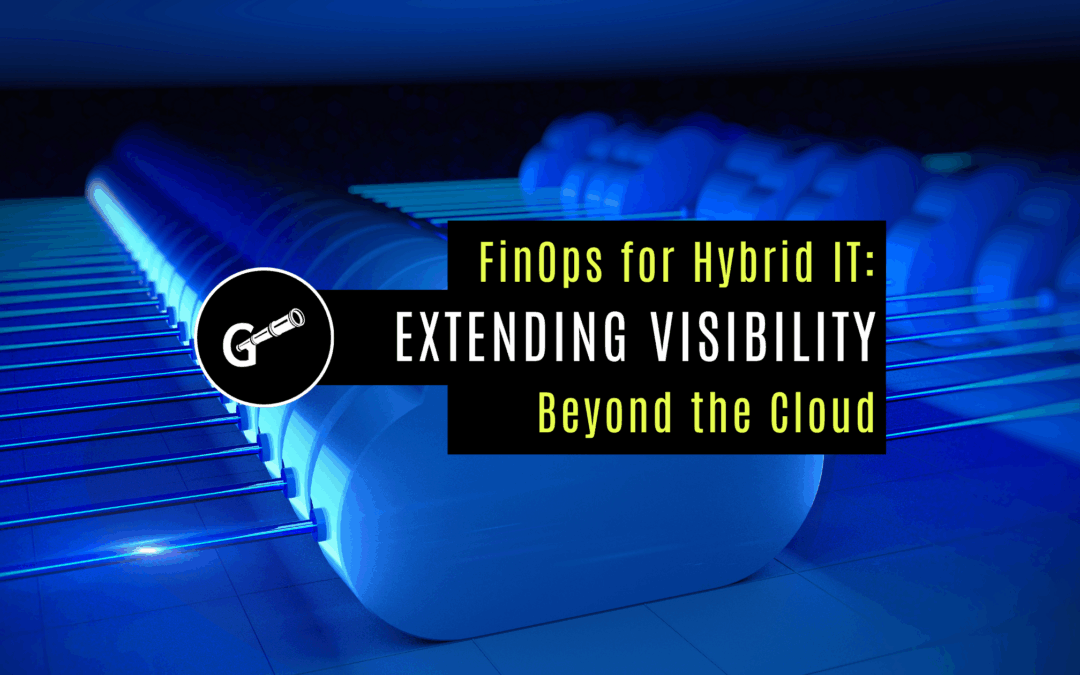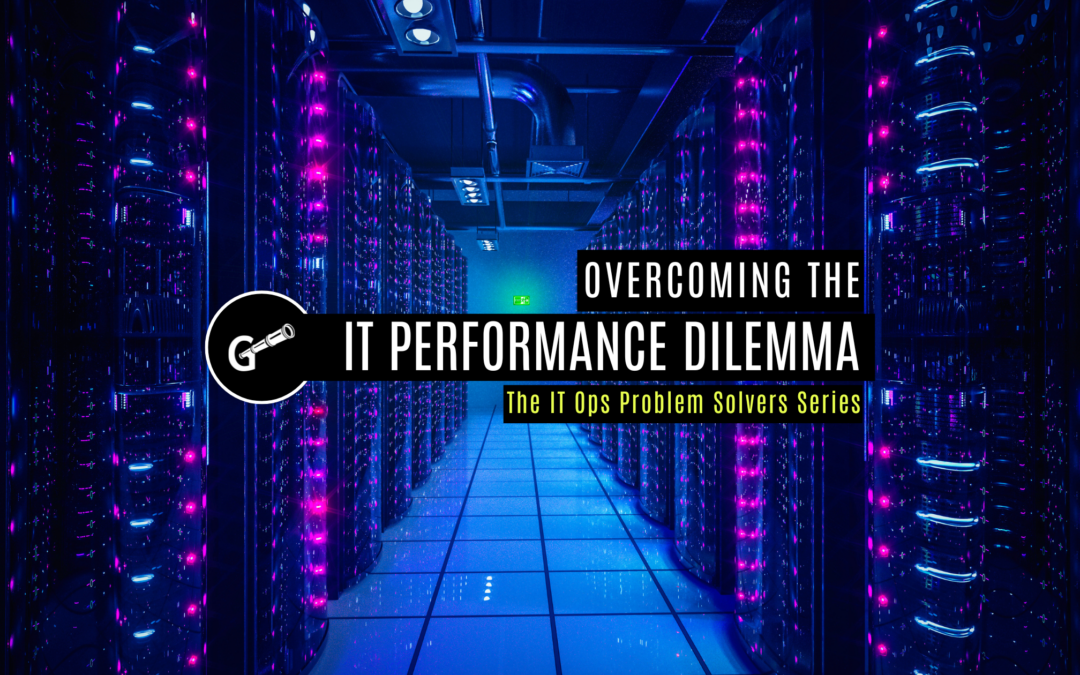A Video Chat With The Galileo Team
The impact of COVID-19 on our world is enormous. It’s affected every aspect of our lives, including our day-to-day work lives. Those of us that are fortunate enough to be in a line of work that can stay operational during the pandemic are finding ourselves faced with all-new challenges. In the IT industry, we are feeling more distant from our data centers, and our infrastructure and workloads are more critical than ever.
Prompted by some of the conversations we’ve had with our customers and partners, I sat down for a video chat with Bob Bender and Craig Beible to talk about how we at Galileo can do our part to help. Check out the video here or scroll down for a transcript of the conversation.
The Interview
Kristy Slimmer: What are some of the ways that businesses have come to Galileo for additional support or new requests because of COVID-19’s impact on their business?
Bob Bender: Retail has been impacted significantly. With the temporary closing of brick and mortar stores, our retail customers are concerned about revenue loss. We have a customer in that space with a big chunk of their environment in Azure. For some time now, they’ve been a little disenchanted with the price tag, spending $130,000 a month. It is more than they anticipated. Because of the increased urgency, they are currently looking for ways to reduce spending, and they’re using Galileo to figure that out.
KS: Interesting. How so?
BB: They’re using Galileo Cloud Compass to estimate what it would cost to move to other options in the cloud against on-prem options. It’s a pretty interesting thing that the urgency has ramped up here.
KS: I can’t even begin to imagine how over overwhelmed some IT teams can be in some of these industries. Do you have any other examples?
BB: It’s interesting because we’re seeing two different things right now. We’re seeing customers that are ramping up quickly or those that are just trying to maintain.
I was talking to a K-12 school district today about how they’re starting distance learning Monday, and they have to ramp up their infrastructure in preparation. They had to add network switches and they wanted to be able to monitor them. In their case, they ramped up, and now they’re just trying to maintain. I think we see that all over the place these days.
KS: If this is something other folks are also experiencing, and they’re looking to give a product a try, how is Galileo different from any of the other applications that are out there?
Craig Beible: That’s a great question. People have a lot of choices in this space right now – infrastructure monitoring, capacity management, real-time alerting, and reporting. The thing is that we are a SaaS offering. And the keyword in SaaS is Service. We put a lot of emphasis on the services side of the house.
For example, if you sign up for a trial with us, you get a white glove treatment. We’re here every step of the way. We’re here to help you to get it installed, we hold your hand through the process, checking in with you weekly, and we deliver a thorough, high-value health check report at the end of the trial period. That superior service goes beyond the trial period. Every single day we are helping customers contacting us with special case requests to get information and value out of their Galileo instance. Our differentiator, in my opinion, is all around our service.
>> Get Started Today. Sign Up For a FREE 30-Day Trial. <<
BB: One of the additional differentiators about Galileo – it’s amazing that we can even do this (but that’s because of our smart guys in development) – We keep historical data forever. In fact, we do so as a default. We can always go back to the original data points and compare them to what people are seeing in this ramp-up period. In the example of the school district, all they had to do was run one command to add those devices for collection, and it’s pretty powerful.
CB: Yes, and the fact of the matter is you can’t do that blind. There has to be a way to monitor not only the past performance of how the equipment used to work, but also projecting forward to understand where you’re going to hit an inflection point or where you might hit a saturation point. Quite frankly, I can’t imagine any customer in the world today without that type of visibility being successful in what they’re doing. It’s a recipe for disaster not to.
KS: I guess, then, the next question that we have here is if somebody is in a pinch and they need to get started right away, how do they do that, and how quickly can that happen?
BB: If you know how to install an RPM package, I think you’re on your way. It’s pretty simple. We need a small Linux VM to run our collection agent. We securely authenticate with our service, and then it’s just a matter of adding things for collection for monitoring. Pretty much every site that we’ve ever set up in Galileo to monitor, regardless of the technologies, happens within an hour or 90 minutes.
CB: Yeah. And I want to underscore again… Even though it’s that simple to do, we still provide services to help get you through it.
Don’t feel that you’re going to be out there on an island by yourself. Bob and his team are superstars when it comes to making sure that Galileo is not only running, but you’re successful, and you get the most value in the most immediate amount of time. That’s the key to what makes us a must-have for your infrastructure readiness.
KS: I think that hits on one of the other questions that people often have. What happens if somebody has a technology in their environment that Galileo doesn’t directly support? Is that a dealbreaker?
CB: I’m proud to tell you that we can provide a way for customers to transport custom data to us. Let’s say you come to our website, you’re looking at Galileo Performance Explorer, and you say, “I don’t see my particular device supported here.” No worries! We can custom-ingest data from any device that you’ve got in your environment and provide value around that.
Further, we’ve just recently added to our suite Galileo Active Monitor, which will monitor anything with an IP address. So now the sky’s the limit!
If you wanted to monitor a refrigerator that has an IP address on it (and that thing exists! My parents just bought one, and heaven help us because my mother doesn’t know how to use it), but we can monitor that device.
BB: And also, to look at that data together. We may not wholly understand the custom data that you’re adding to Galileo for monitoring, but we’re here as part of the service to review that stuff with you and talk through it with you.
KS: Okay. Speaking of Active Monitor, I’ve heard you guys say the “suite of products” a couple of times. Tell us a little bit more about that.
CB: We’ve made tremendous changes and added a lot of new functions to our suite within the last 12 months. Galileo Suite was named early on, and the whole intent was to be able to be more than just a single-use product. The big emphasis was to bring sexy back. Let’s get everything that we can into this suite so that our customers can be holistically functional across their enterprise.
Not only do we have Performance Explorer, which is the proactive analytics and predictive analysis, we also have Galileo Active Monitor, which monitors devices and gives you the red light/green light condition status you need. On top of that, we’ve also added Galileo Reporting Studio that allows users to create custom reports and get them delivered to their inbox in a timely fashion.
But wait, there’s more! Customers purchase a lot of analytics applications, and it becomes shelfware very quickly because there is a lot of effort involved to extract value from the product. So, we’ve put a lot of ancillary services around our Galileo to help to derive value. If you’ve got specific dashboards or KPIs that you want to see, we can do that through any one of our custom services programs. And you get your own dedicated Galileo Technical Advocate assigned to your account to make sure that you get the success that you’re looking for, especially right now when everybody’s so busy.
KS: What goes into the trial period? If somebody is looking to get started right away, what can they expect?
BB: First of all, we give 30 days free, and it’s a fully functional environment. It’s not as if one element of the product is closed off. It’s full access, as many users as you want. Throughout the trial period, we meet periodically, usually weekly, with whatever teams you have that are interested in the Galileo proof of concept. At the end of your trial, we have a final data review where you’ll get a deliverable from our subject matter experts to talk about your data that’s in the POC.
CB: It’s important to note that you’re not waiting the entire time to get value and results. You get immediate access to the portal to start looking at the data in real-time. Our weekly checkpoints ensure your success. You are getting access to an entire team of folks behind us to help with their immediate needs, whether it be sizing, infrastructure. Whatever the problem is, we usually can help.
KS: For one final question, how is the Galileo team adjusting to our “new normal” – remote workforces, extra demands on their time, in addition to just regular, everyday business for Galileo… Are you able to handle the influx of customer requests?
CB: The excellent news for our situation is that we’re already used to this remote work. This applies to a lot to IT teams. We are in an extraordinary set of circumstances because we’re doing it all the time now, but we’re doing well. Collaboration tools make it easy to keep in touch with each other, and that kind of connectivity is more important now because the uptick in the number of customer requests has been notable. Many of our customers are saying, “Hey, I love what you’ve presented to us, but I want to get a different cut on this,” or, “Can you help me figure this out?” Luckily, our development team has been doing what they’re pretty much used to doing. It just seems to be at a more accelerated rate than we’ve seen in the past.
KS: Bob and Craig, thank you for taking the time out of your day to answer the questions that we’ve received from customers and partners. I think the thing we wanted to leave our audience with is to reiterate that we’re here to help however we can. Isn’t that right, guys?
CB: Yes. Well stated, Kristy.





